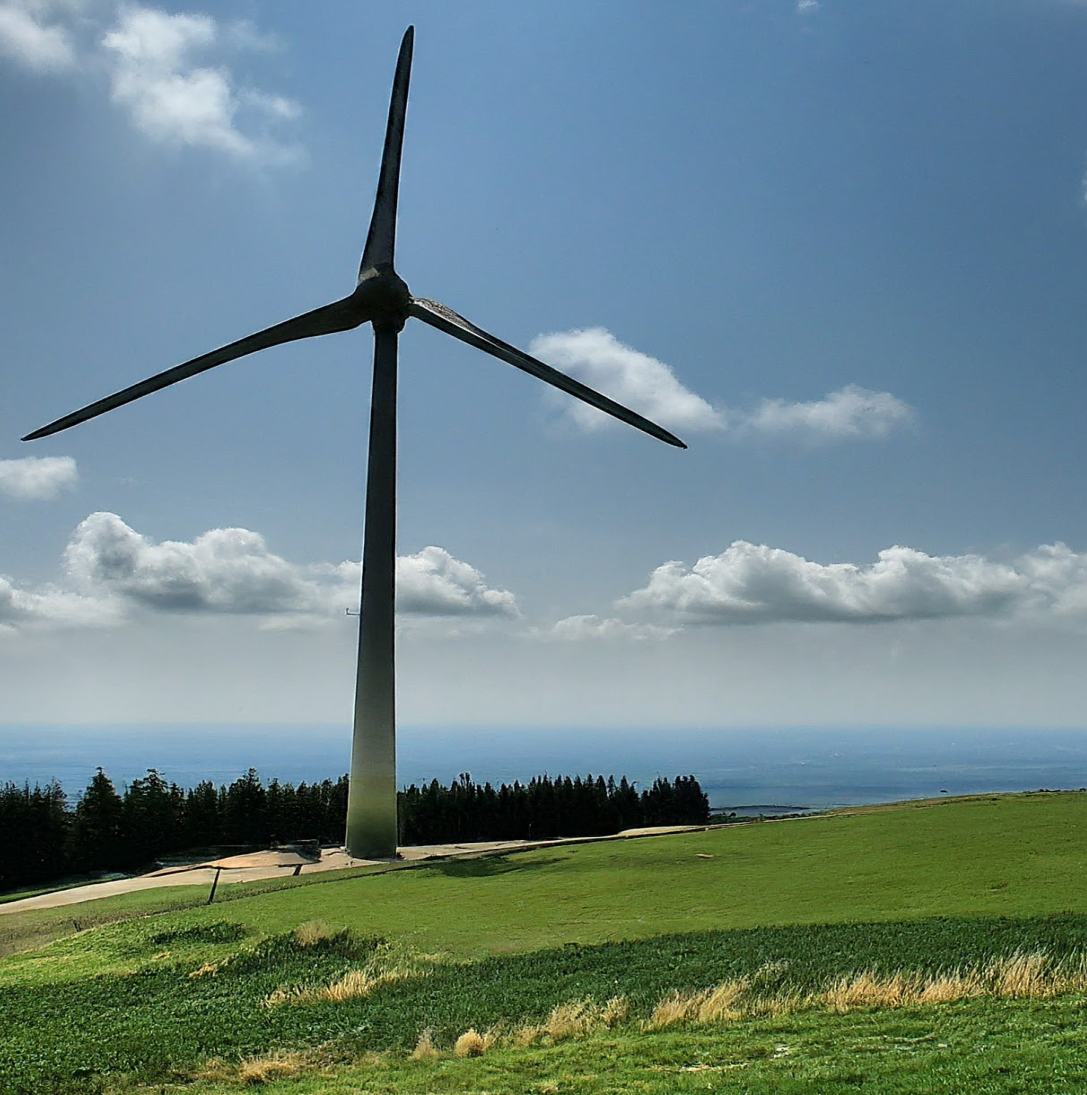Rare-earth elements from plants

The sustainable future of rare-earth elements
Demand is huge and growing
The growing need for rare-earth elements (REE) such as neodymium (Nd), dysprosium (Dy), and praseodymium (Pr) is driven by trends toward renewable energy, electric mobility, and a wide range of climate adaptation and other technologies.Renewable energy
Various components of renewable energy systems demand REE. For example, wind turbines: An 11- to 26-fold expansion of REE supply is needed for meeting global wind-power targets.
Electric vehicles
The standard technology of modern electric motors uses REE-based permanent magnets. The USA will need a 10X greater supply of REE to meet electric vehicle goals.
Many more
The unique magnetic and optical properties of REE make modern technology possible.
A new supply is needed
All REE are currently sourced by open pit mining, which suffers from huge up-front costs, long development timelines, heavy environmental impact, and high risk of supply disruption. Image source: ARPA-E, DOE.High costs
Capital and excavation costs for an open pit mine are in the hundreds of millions of dollars, if not more.
Long timelines
Even after a discovery is made, a mine requires 10-20 years of development before becoming productive.
Environmental impact
Mines must manage adverse environmental effects, and incur costs for remediation after closing.
Phytomining is the solution
Our approach uses plants to extract REE from soil.Access to untapped resources
Phytomining targets locations where REE deposits are not concentrated enough for traditional mining, yet too concentrated for agriculture. Near coastal sites, even seaweed can accumulate REE.
A sustainable supply
A phytoming farm does not incur the capital and environmental costs of a traditional mine, and can begin production in a matter of months.
A versatile technology
Far from being limited to REEs, phytomining is being implemented for nickel production and holds the promise of being a general sustainable source of critical metals.
How phytomining works
Step 1: Cultivate plants on metal-rich soil
"Hyperaccumulator" plants thrive in metal-rich conditions.
Step 2: Harvest above-ground biomass
Plant stems and leaves contain high concentrations of REE.
Step 3: Process biomass into bio-ore
Dry plant biomass is converted to REE-rich bio-ore by pyrolysis or hydrometallurgical techinques.

Want to learn more?
Let's connect!


